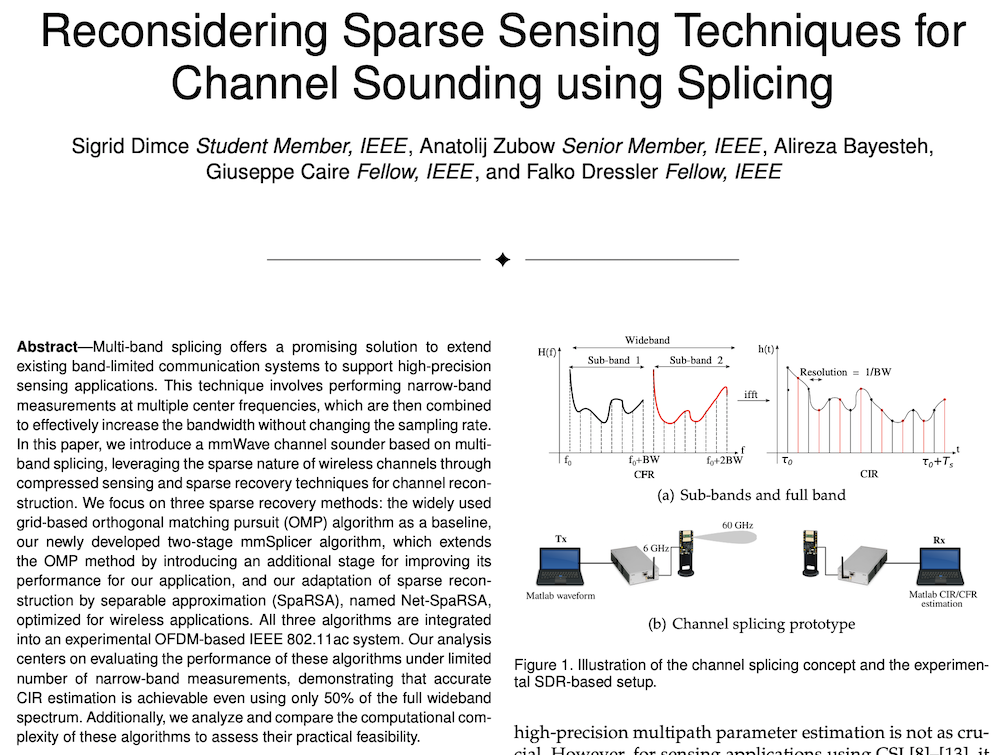Literature Database Entry
damboise2022flow-py
Christopher J. L. D'Amboise, Michael Neuhauser, Michaela Teich, Andreas Huber, Andreas Kofler, Frank Perzl, Reinhard Fromm, Karl Kleemayr and Jan-Thomas Fischer, "Flow-Py v1.0: a customizable, open-source simulation tool to estimate runout and intensity of gravitational mass flows," Geoscientific Model Development, vol. 15 (6), pp. 2423–2439, March 2022.
Abstract
Models and simulation tools for gravitational mass flows (GMFs) such as snow avalanches, rockfall, landslides, and debris flows are important for research, education, and practice. In addition to basic simulations and classic applications (e.g., hazard zone mapping), the importance and adaptability of GMF simulation tools for new and advanced applications (e.g., automatic classification of terrain susceptible for GMF initiation or identification of forests with a protective function) are currently driving model developments. In principle, two types of modeling approaches exist: process-based physically motivated and data-based empirically motivated models. The choice for one or the other modeling approach depends on the addressed question, the availability of input data, the required accuracy of the simulation output, and the applied spatial scale. Here we present the computationally inexpensive open-source GMF simulation tool Flow-Py. Flow-Py's model equations are implemented via the Python computer language and based on geometrical relations motivated by the classical data-based runout angle concepts and path routing in three-dimensional terrain. That is, Flow-Py employs a data-based modeling approach to identify process areas and corresponding intensities of GMFs by combining models for routing and stopping, which depend on local terrain and prior movement. The only required input data are a digital elevation model, the positions of starting zones, and a minimum of four model parameters. In addition to the major advantage that the open-source code is freely available for further model development, we illustrate and discuss Flow-Py's key advancements and simulation performance by means of three computational experiments. Implementation and validation. We provide a well-organized and easily adaptable solver and present its application to GMFs on generic topographies. Performance. Flow-Py's performance and low computation time are demonstrated by applying the simulation tool to a case study of snow avalanche modeling on a regional scale. Modularity and expandability. The modular and adaptive Flow-Py development environment allows access to spatial information easily and consistently, which enables, e.g., back-tracking of GMF paths that interact with obstacles to their starting zones. The aim of this contribution is to enable the reader to reproduce and understand the basic concepts of GMF modeling at the level of (1) derivation of model equations and (2) their implementation in the Flow-Py code. Therefore, Flow-Py is an educational, innovative GMF simulation tool that can be applied for basic simulations but also for more sophisticated and custom applications such as identifying forests with a protective function or quantifying effects of forests on snow avalanches, rockfall, landslides, and debris flows.
Quick access
Original Version ![]() (at publishers web site)
(at publishers web site)
BibTeX ![]()
Contact
Christopher J. L. D'Amboise
Michael Neuhauser
Michaela Teich
Andreas Huber
Andreas Kofler
Frank Perzl
Reinhard Fromm
Karl Kleemayr
Jan-Thomas Fischer
BibTeX reference
@article{damboise2022flow-py,
author = {D'Amboise, Christopher J. L. and Neuhauser, Michael and Teich, Michaela and Huber, Andreas and Kofler, Andreas and Perzl, Frank and Fromm, Reinhard and Kleemayr, Karl and Fischer, Jan-Thomas},
doi = {10.5194/gmd-15-2423-2022},
title = {{Flow-Py v1.0: a customizable, open-source simulation tool to estimate runout and intensity of gravitational mass flows}},
pages = {2423--2439},
journal = {Geoscientific Model Development},
publisher = {Copernicus},
month = {3},
number = {6},
volume = {15},
year = {2022},
}
Copyright notice
Links to final or draft versions of papers are presented here to ensure timely dissemination of scholarly and technical work. Copyright and all rights therein are retained by authors or by other copyright holders. All persons copying this information are expected to adhere to the terms and constraints invoked by each author's copyright. In most cases, these works may not be reposted or distributed for commercial purposes without the explicit permission of the copyright holder.
The following applies to all papers listed above that have IEEE copyrights: Personal use of this material is permitted. However, permission to reprint/republish this material for advertising or promotional purposes or for creating new collective works for resale or redistribution to servers or lists, or to reuse any copyrighted component of this work in other works must be obtained from the IEEE.
The following applies to all papers listed above that are in submission to IEEE conference/workshop proceedings or journals: This work has been submitted to the IEEE for possible publication. Copyright may be transferred without notice, after which this version may no longer be accessible.
The following applies to all papers listed above that have ACM copyrights: ACM COPYRIGHT NOTICE. Permission to make digital or hard copies of part or all of this work for personal or classroom use is granted without fee provided that copies are not made or distributed for profit or commercial advantage and that copies bear this notice and the full citation on the first page. Copyrights for components of this work owned by others than ACM must be honored. Abstracting with credit is permitted. To copy otherwise, to republish, to post on servers, or to redistribute to lists, requires prior specific permission and/or a fee. Request permissions from Publications Dept., ACM, Inc., fax +1 (212) 869-0481, or permissions@acm.org.
The following applies to all SpringerLink papers listed above that have Springer Science+Business Media copyrights: The original publication is available at www.springerlink.com.
This page was automatically generated using BibDB and bib2web.






